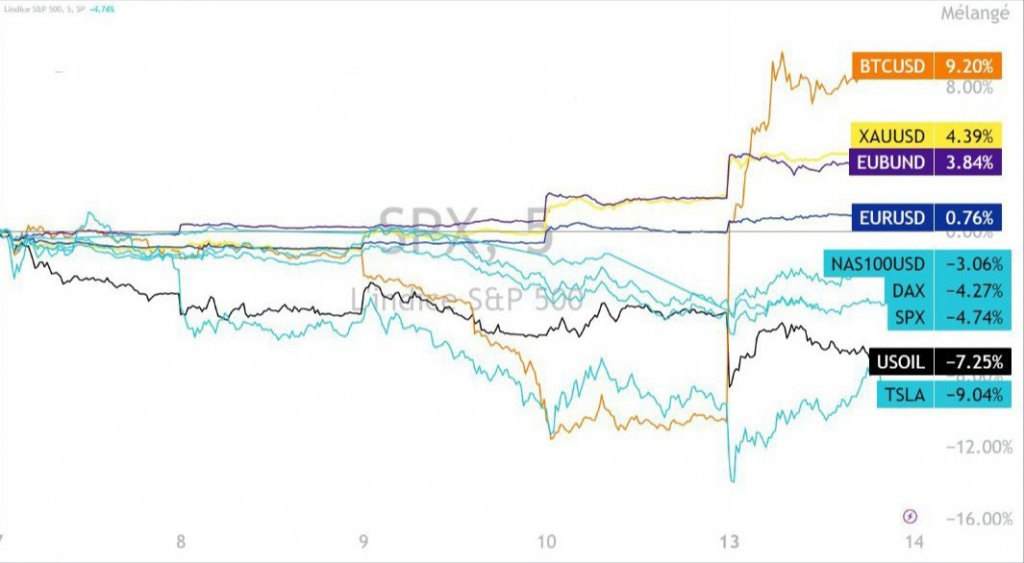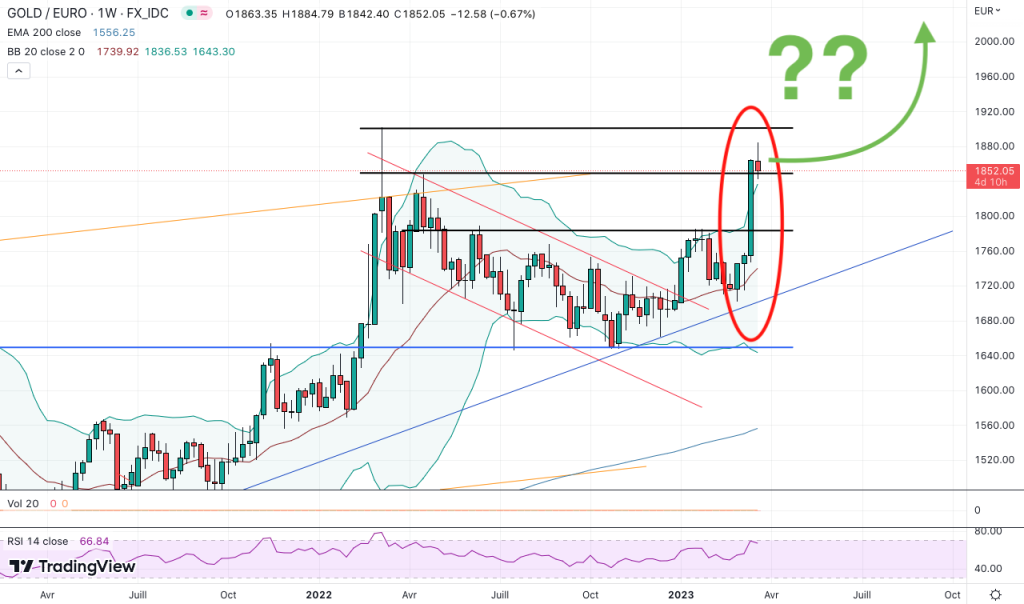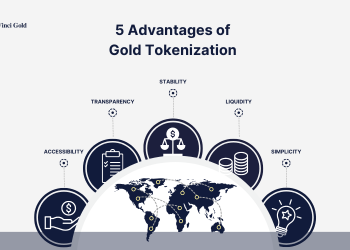Will the Silicon Valley Bank bankruptcy trigger a crisis like in 2008? What is the best asset to protect yourself against it?
What happened to Silicon Valley Bank?
Between March 8 and 10, three U.S. regional banks failed: Silvergate, Silicon Valley Bank and Signature Bank.
The increase in interest rates by the U.S. Federal Reserve Bank (Fed) caused a loss in value of the bond portfolio. Indeed, Silicon Valley Bank (SVB) had been buying US Treasury bonds, assets considered “safe”, since the beginning of the pandemic.
But with interest rates rising sharply, the fixed interest payments are not keeping up and these assets are no longer worth what the bank paid for them. The bank was sitting on more than $17 billion in potential losses on these assets at the end of last year.
Word is spreading and the bank is facing a massive demand to withdraw over $40 billion in deposits.
Given the fractional reserve system, it was unable to mobilize the liquidity needed to cover the withdrawals.
The authorities had to intervene and close the bank.
The Silicon Valley Bank failure is the second largest bank failure in U.S. history.
The fall of the stablecoin USDC
Within hours of the Silicon Valley Bank collapse, it was learned that Circle, the issuer of the USDC stablecoin, held $3.3 billion in reserves at the SVB.
The idea that the USDC stablecoin was no longer 100% guaranteed caused a panic, and the price of the stablecoin, which is supposed to be pegged to the U.S. dollar, fell by almost 14% on Saturday, March 11.
On Sunday, an announcement was made that Circle’s reserves were safe and the USDC recovered in the aftermath, but confidence was shaken.
There is no such risk with our tokens! They are irreversibly pegged to the price of gold and you actually own the physical gold allocated to the tokens.
Is Credit Suisse the next domino?
The banking crisis of confidence that erupted in the United States with the collapse of SVB has hurt financial sector stocks in Europe.
Credit Suisse bank is down nearly 30% after the main shareholder, National Saudi Bank, refused to put money back in the pot.
Other European banks also show significant declines: -12% for Société Générale, -10% for BNP Paribas, -9% for Deutsche Bank.
The Swiss National Bank (SNB) was forced to act and granted a loan of 50 billion Swiss francs.
The objective is to send a strong message to the markets, but will this be enough to avoid contagion?
In reality, this is not a repeat of the 2008 crisis, but its logical continuation.
How will central banks react?
Central banks are caught between a rock and a hard place.
If they continue to raise rates, this will most likely lead to a bond crash. And if they loosen their monetary tightening policy, they give up fighting inflation and prices will continue to rise.
In reality, the rate hikes are too small to counteract inflation, but large enough to jeopardize the entire system.
Yesterday, the ECB was the first to react since the storm began.
It raised its rate by 0.5 basis points, but it is being cautious and backing away from its commitment to raise rates “significantly” further in the coming months.
The Fed’s announcement is expected next week.
Whatever happens, confidence in the system and the ability of central banks to solve the problem is broken. And the masses are beginning to realize this.
Because even if the States intervene to save the system as in 2008, it will be at the cost of a massive monetary creation and indebtedness.
Gold and Bitcoin on the rise
Below, we see that Bitcoin and gold are the two assets that are reacting positively to the debacle and playing a role as a safe haven.
Will the authorities take a dim view of Bitcoin as a safe haven from the banks?
Let’s not forget that they already want to regulate the crypto-currency industry so they can impose their own central bank digital currencies (CBDCs) and assert their total control over the population.
At any moment, the authorities can blow the whistle and penalize the purchase, holding or use of crypto-currencies like Bitcoin.
We don’t have a crystal ball, but gold remains the ultimate safe haven in times of uncertainty.
It has served as a store of value for thousands of years.
The yellow metal jumped +6.3% between March 10 and 15, 2023 to peak at 1884,79 euros/ounce on Monday March 20, a level it had not reached since March 2022.
Once again, gold is proving to be the asset of choice when panic sets in.
The question to ask is simple really:
Do you think the authorities will solve the problem? Don’t own gold and leave your assets in the bank.
Or do you think the situation will get worse and the authorities will not be able to prevent a systemic crisis? Own gold outside the banking system.
>>> Protect yourself now against a systemic crisis!














